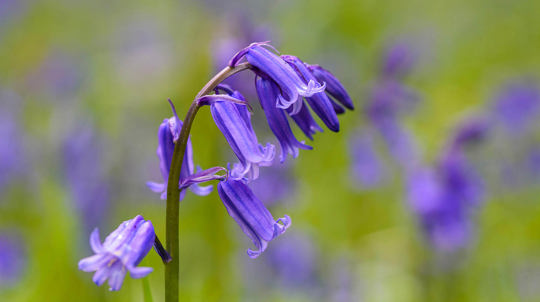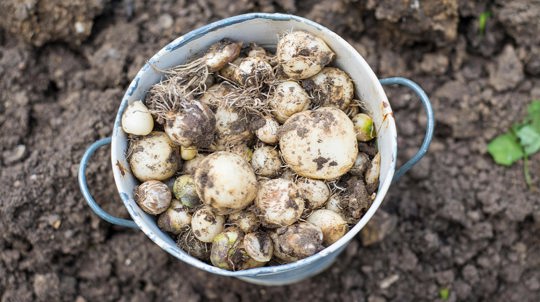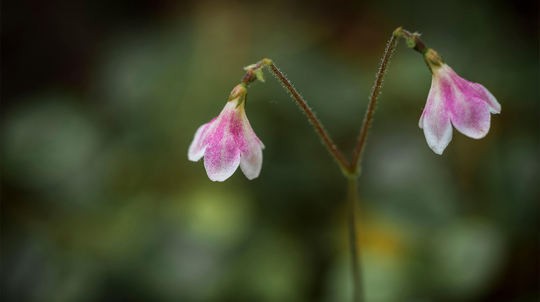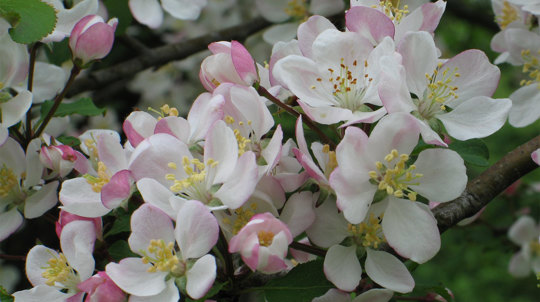Here in the UK, we have more than half of the world's bluebells
When do bluebells flower?

Citizen science officer - Nature's Calendar
Carpets of bluebells are one of the greatest sights of spring. You can see the magical transformation of our woodland floors from late March.
When do bluebells flower?
Bluebells usually flower from late March to early May, but it does vary from year to year. They are one of the last spring flowers to bloom before the woodland canopy closes up and new leaves block out the sunlight. If spring is mild, bluebells respond by flowering earlier. You can help us track when they flower through our citizen science project, Nature's Calendar.
When bluebells begin to flower also depends on where in the UK you are. Like many spring events, bluebells often appear first in the South of England, where it's a little warmer than the rest of the UK. While the first bluebells may flower there in late March, most flowering usually happens through April. This is the best time to see that iconic carpet of blue. Flowers generally last a few weeks, although it depends on the weather.
14 April
average date to see bluebells first flowering in the UK
according to Nature's Calendar records 2001-2020.
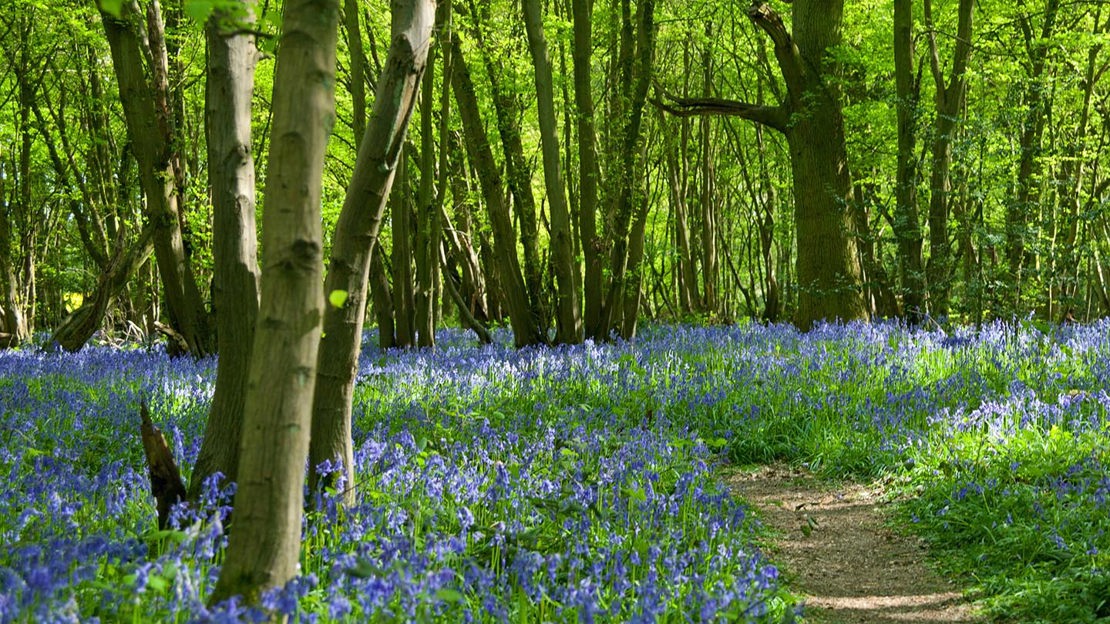
Do bluebells flower every year?
Bluebells are perennials which means they flower annually. They spend the spring soaking up energy from the sunshine and store the energy in their bulb over winter, waiting to bloom again.
Please stick to the paths to help our precious bluebells thrive. Check out our other top tips to help you enjoy your visit while protecting precious wildlife.
Where to see bluebells
Bluebells are traditionally woodland flowers. They can grow very close together, which creates the beautiful sea of bluebells. They prefer the rich, undisturbed soils of long-established woods, so you're most likely to see them in old and ancient woodland. You might also spot them growing along hedgerows, and in fields and gardens. See them closer to home by planting your own!
Do bluebells smell?
Native bluebells have a strong and sweet scent. Non-native Spanish bluebells and hybrids have a much weaker scent, so the stronger the smell, the more likely you've found a native specimen.
Bluebells can be an indicator of ancient woodland.
Are bluebells protected in the UK?
Native bluebells are protected by the Wildlife and Countryside Act 1981. It's against the law to dig up bulbs in the wild without landowner permission and landowners aren't allowed to dig them up and sell them.
You can help protect native bluebells by keeping to the path on your woodland walks. The delicate plants are easily damaged which can affect future growth.
It takes over 5 years for a bluebell patch to establish. They are an important source of nectar for bees and other insects as well as providing a feast for our senses, so please don't pick them, and take care not to step on them. You can help protect our native bluebells by keeping to the path on woodland walks.
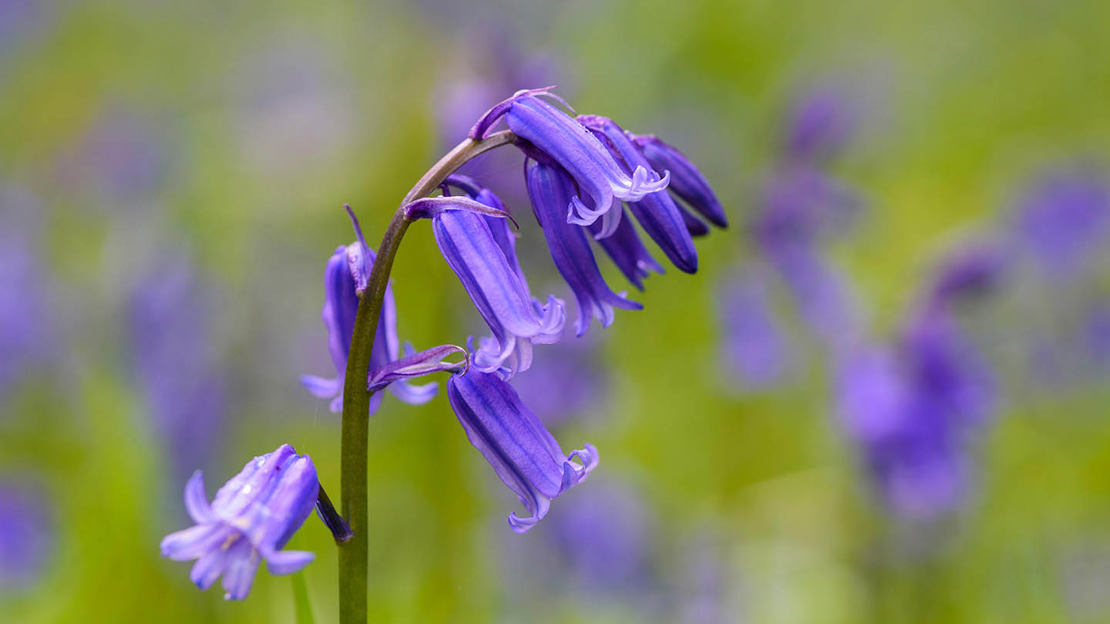
Record bluebells for Nature’s Calendar
Whether you're lucky enough to have bluebells in your garden or you’ve spotted some on a regular route, letting us know when they start flowering is simple but vital information!
The Nature’s Calendar project tracks the effects of weather and climate change on wildlife across the UK – its records date all the way back to 1736! Bluebells beginning to flower is one of 150 wildlife events you can record for the project.
Join Nature’s Calendar to record your sightings – every record helps us better understand the effects of weather and climate change on our wildlife. By taking just a few minutes to share what you see, you'll be adding to hundreds of years' worth of important data. We couldn't do this work without you!


Nature's Calendar
Help monitor the effects of climate change on wildlife near you. Your records contribute to a growing body of evidence on global warming.


